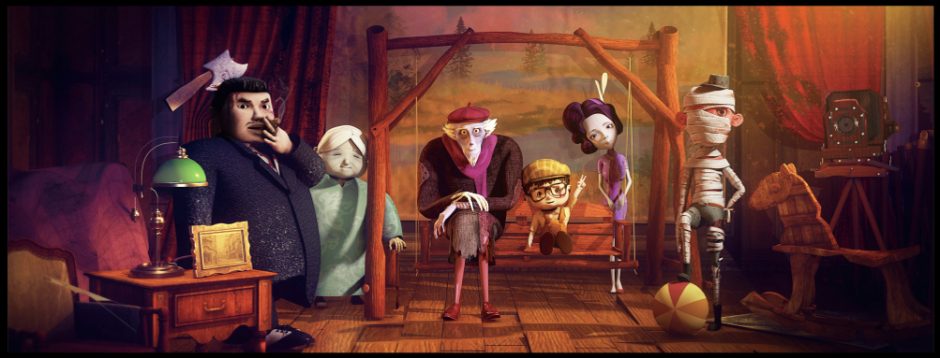This week’s class opened my eyes and let me know more about the technology of motion capture. Its main content is how to use the plug-in advancedskeleton to make the rigs and add the motion captured to rigs to form an animation. In addition, I also learned about a website mixamo, which has a lot of free models and animations. I downloaded some actions to test this model, and hope to use this model and the rigs to do the animation of motion capture.


two test mixamo aniamtion
At the beginning, I followed Luke’s tutorial. The binding of rigs was very smooth until I imported a new rig with animation. As a result, I missed some steps and some path names, which led me to make mistakes. So after several attempts, I failed to copy from motion capture to action capture. At this point, I wondered if it was because the model had no controller, so I asked Luke for help. His answer is: this will make it more difficult to control the mocap after it has been transferred as there will be no controllers for the rig. For the mocap to work you dont have to have a control rig however it is best to do this.
So the answer is that it’s better to have a controller, but it doesn’t affect me to do this step without a controller, so I tried again. I remember that I did have several steps in reverse order, so I didn’t show the correct effect. Then I did it again quickly, and this time it was right.
I recorded my binding process.
I summed up a few important points
- Import a model that already has bones and check her bones for errors.
- Then select the total bone points and click create custom rig mapping.
- Turn to the definition, double click the corresponding joint in the structure image, and then select the relevant rigs in the character model.
- When Binding hands and feet, if the bone is mirrored correctly, as long as one side is bound, the other side will also be aligned automatically.
- Save the skeleton definition
- Import the mocap rigs
- Right click the rigs and select assume preferred angle to make the model back to the T pose
- Click add button to add the character rigs into character2
- Select the character2 rig and load skeleton definition
- Choose character>character1 and source>character2
- Then move the animation timeline









After the test, I decided to make a controller for it to facilitate the adjustment of animation, so I learned the plug-in of advanced skeleton.
I have to say that this plug-in is very convenient and easy to use. As long as you click Advanced skeleton, many options will appear.
Process
- Select Tools > name matcher
- Check whether the names of rigs in the outline view are consistent with those of advanced skeleton.
- Select files of mixamo or others
- If so, click Create + place fit skeleton, then click build advanced skeleton, and finally click constraint to joints.

important 

If the name is inconsistent, delete the redundant name prefix to complete the above steps. The process of deletion is to find windows > General Editor > name space editor > Select > delete
When I read the tutorial, I found that I didn’t have an option that Luke has in his video and I consulted him the reason and he relpied that the create blendshapes button only appears if the rig you are using has come with blendshape data. And blendshape will appear as another mesh in the outliner. So the model I used does not have the blendshape data.
I recorded my operation process.
I didn’t finish it because it was too late yesterday, so when I got up today, I found that yesterday’s model lost its mapping after saving. After trying, I still couldn’t make her mapping normal, so I tried to do it again from the beginning to the end. I repeated this process four times, because I often miss some steps, so I read several tutorials and notes, and finally became familiar with this process, and successfully completed a motion capture copy to the skeleton. This time I completely recorded this process. The combination of these two technologies is actually very convenient for animation.
After having the controller, I really find it more convenient to adjust the action. In this way, most of the actions have been successfully transferred to my model, and the degree of action completion is also acceptable. This action is a Brazilian war dance action, the action range is relatively large, and then I found that there are some places, for example, the action is not accurate, so I made some adjustments.
Several steps to adjust the action.
- Make the action bake > bake to custom rig
- Select all the controllers and add them to an animation layer.
- Select a frame to adjust the animation, press s for K frames, and then modify the action.
For example, in the knee area, I think some movements are too large, which leads to inaccurate orientation of the knee, and the position of the hand is also adjusted. And some parts of the adjustments were recorded.
In fact, there are still many actions that need to be adjusted, but I am very satisfied with learning the technology of motion capture action to rigs, and I have some confidence in the binding and action debugging of future cooperation projects.
